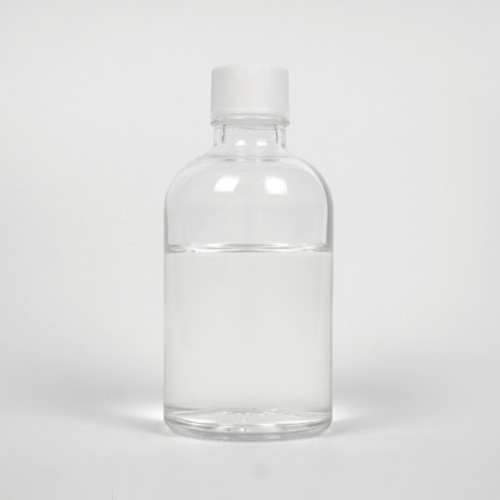In today’s world, where cleanliness and hygiene have taken center stage, the innovation of antimicrobial textiles has significantly impacted the way we perceive and maintain our clothing. These textiles, treated with specialized agents or chemicals, offer a robust shield against microbial growth, ensuring not just cleaner clothes but also addressing health concerns associated with uncontrolled bacterial and fungal proliferation.
What are examples of antimicrobial fabrics?
Several fabrics can undergo antimicrobial treatments to enhance their properties. Common examples include polyester, nylon, cotton, and even some natural fibers like bamboo and wool. These fabrics, when treated with antimicrobial agents, exhibit resistance to microbial growth, making them suitable for various applications in clothing, healthcare textiles, and household items.
What is an antimicrobial treatment for fabrics?
Antimicrobial treatments for fabrics involve the application of certain agents or chemicals that inhibit the growth of microorganisms such as bacteria, fungi, and viruses. These treatments are designed to prevent the proliferation of harmful microbes on fabric surfaces, thereby reducing the risk of odors, stains, and potential infections.
Antimicrobial treatment for fabrics can be classified into two primary methods: post-finishing and blending techniques.
Post-finishing involves applying antimicrobial agents to the fabric surface after the manufacturing process. This method includes treatments like spraying, padding, or coating the fabric with antimicrobial substances. Post-finishing offers flexibility as it can be applied to finished textiles, allowing for a wide range of fabrics to undergo antimicrobial treatment without altering the initial manufacturing process extensively.

Langyi’s AntibacMax antimicrobial finishing solution
On the other hand, blending antimicrobial agents involves incorporating these substances into the fabric during the fiber or yarn production stage. This technique integrates antimicrobial properties into the fabric’s structure from the initial stages, ensuring longer-lasting effectiveness as the treatment becomes an inherent part of the fabric. Blending techniques often involve incorporating antimicrobial agents into polymer solutions before spinning fibers or during the yarn manufacturing process.

Langyi’s AntibacMax antimicrobial powder
Both methods have their advantages and applications. Post-finishing provides versatility, allowing various fabrics to receive antimicrobial treatment after production. Meanwhile, blending techniques offer durability and longevity, ensuring that the antimicrobial properties remain effective throughout the fabric’s lifecycle, starting from its fundamental composition.
Are antimicrobial fabrics safe?
When assessing the safety of antimicrobial fabrics, the composition of the antimicrobial agents plays a crucial role. Generally, inorganic antimicrobial agents tend to be considered relatively safer compared to their organic counterparts. Inorganic agents like silver, copper, or zinc, commonly used in antimicrobial treatments, often exhibit fewer concerns regarding human health and environmental impact. These inorganic compounds have established antimicrobial properties without significant evidence of adverse effects on human health when used in fabric treatments within recommended concentrations. Their stability and lower reactivity make them less likely to leach out of fabrics, minimizing potential exposure risks.
What are the benefits of antimicrobial fabric?
Hygiene and Cleanliness: Antimicrobial fabrics help maintain a higher level of hygiene by reducing the growth of odor-causing bacteria, fungi, and other microbes, keeping clothes fresher for longer periods.
Durability: These treated fabrics often exhibit enhanced durability as the antimicrobial agents can protect against microbial degradation, prolonging the life of the textile.
Healthcare Applications: In medical settings, antimicrobial fabrics play a crucial role in preventing the spread of infections, contributing to a safer environment for patients and healthcare professionals.
Odor Control: By inhibiting the growth of bacteria responsible for causing unpleasant odors, antimicrobial fabrics help in keeping clothing fresh and odor-free, even after extended wear.
In conclusion, the advent of antimicrobial textiles has revolutionized our approach to clothing hygiene and maintenance. Through specialized treatments, fabrics like polyester, nylon, cotton, bamboo, and wool now offer robust resistance to microbial growth. Antimicrobial treatments, whether applied post-finishing or through blending techniques during manufacturing, provide versatile options catering to various fabric types and purposes. Safety considerations lean towards inorganic agents like silver, copper, or zinc due to their established effectiveness and lower health and environmental risks within recommended concentrations. The benefits are extensive, spanning from elevated hygiene and durability to critical applications in healthcare settings, ensuring fresher, longer-lasting clothing with minimized microbial concerns. Embracing antimicrobial fabrics underscores not just cleanliness but also promotes a healthier, more sustainable approach to garment care in our modern world.


-300x210.jpg)
